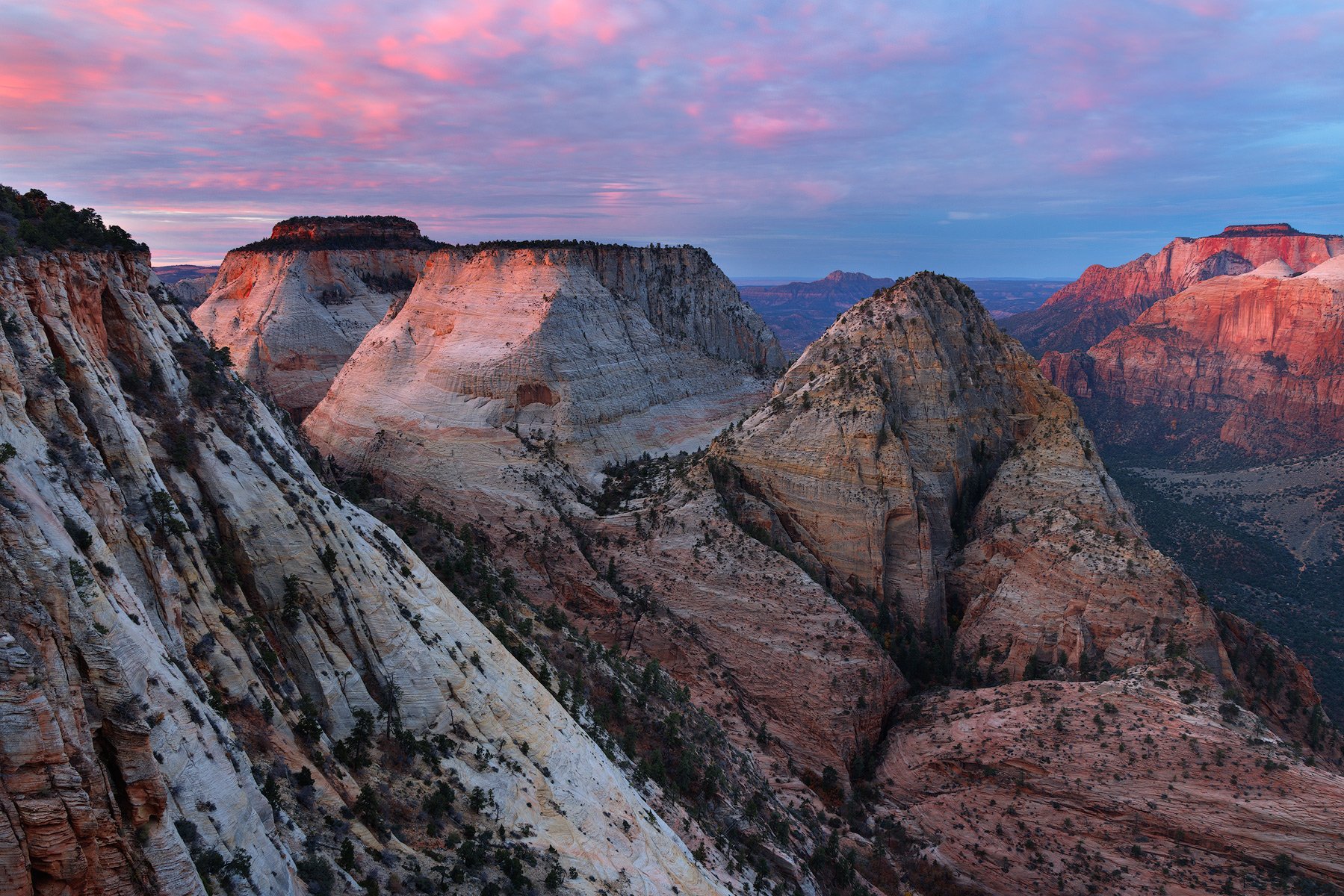If you spend much time looking at nature photography on social media, you have probably seen a common type of post: a photographer, lamenting the poor conditions at the time, explains how they tried to salvage a photo by converting it to black and white. Before you read any further, I’m asking you to forever dismiss this kind of thinking about working in black and white. Instead of seeing black and white as a backup processing option when the conditions you hoped for do not materialize, I encourage you to instead think about black and white nature photography as an expressive form that stands on its own and holds the potential to open up many new creative avenues for sharing the connections you make with the natural world. A key step in shifting this mindset is learning to see opportunities for black and white photography while you are out in nature.
Read MoreBlack and White: Learning to See Opportunities While Out in Nature
Midday light can work well for black and white photography. I headed out into these sand dunes in the early afternoon and found opportunities for photography through sunset. Canon R, 24mm, f/14, 1/2500 sec, ISO 400.






